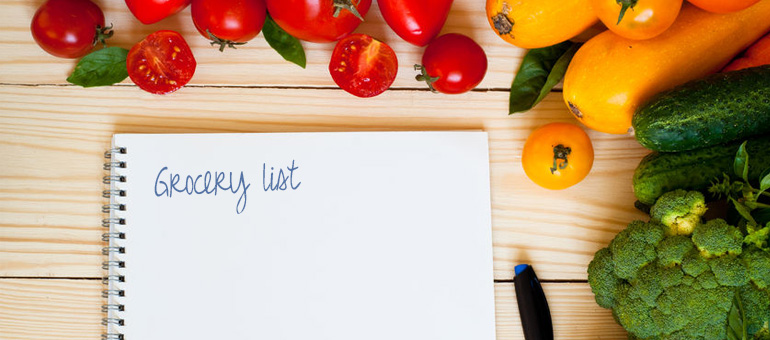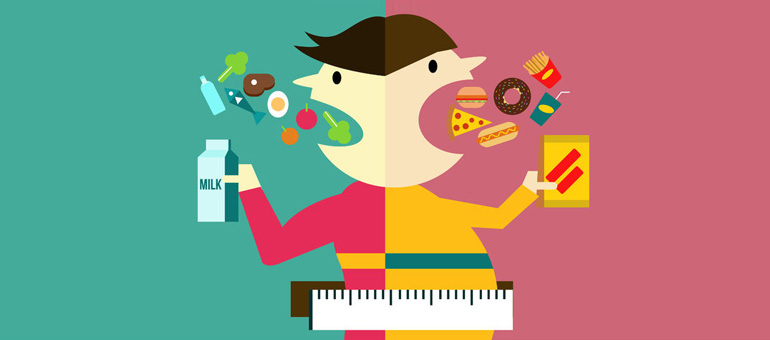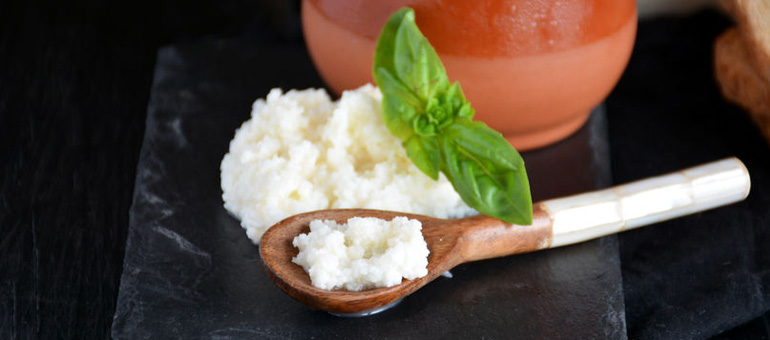
How to shop in a healthy way


Health starts with foods
The father of medicine, Hippocrates, has handed down the famous words about the important role of how food is our medicine. By taking advantage of this rich concept of wisdom we understand how important it is to make food shopping in an intelligent way, to remove as far as possible the future assumptions of drugs.
Unfortunately, together with the increase in the average length of life, the list of prescribed medicines has also lengthened and the future projections foresee worsening, with worrying repercussions on the sustainability of healthcare spending. For this reason, it should be a priority to invest in primary prevention, through correct lifestyles and nutrition. Obviously what you buy in the store is what we will eat, so we should be ready to make healthy choices between the shelves of the supermarket.
The general criteria of reference for this article are inspired by the Guidelines for Healthy Italian Food (INRAN), the European Code against Cancer, the Health Plate of the University of Harward, the study of lipidomics.
All these rules are adapted to those who want to follow a healthy food style, designed to improve their well-being and to prevent the main chronic degenerative diseases typical of modernity.
The wellness shopping list: “the shopping light”
To simplify we can create categories marked by the color of the traffic light, which does not consider the groups based on the caloric content, but precisely with respect to the criteria of healthiness.
- GREEN – foods that can be considered healthy and can easily be placed in your shopping cart;
- YELLOW – foods that can be inserted but paying attention to consumption frequencies and quantities;
- RED – for foodstuffs to be avoided because they are considered of lower quality for the other presence of sugars, for long chain saturated fats or rendered harmful by cooking at high temperatures or for the presence of dyes, preservatives, various additives and salt. This does not mean that an occasional and above all conscious consumption cannot be made.
Indications for healthy and conscious purchases: pay attention to food
Leave home by having already written the shopping list in order to have “green” foods, a few “yellow” and no “red”.

GREEN:
• Seasonal vegetables and fruit;
• Dried fruits and seeds, e.g. walnuts, hazelnuts, almonds, linseed, pumpkin, etc .;
• Dehydrated fruit, e.g. apricots, prunes, etc .;
• Whole grain cereals, e.g. spelled, rice, barley, millet, etc .;
• Whole dry pasta;
• Flakes of natural cereals, e.g. oat flakes, muesli;
• Flour and wholegrain sourdough bread. If preserved bread check the label.
N.B. bread is made with flour, yeast and water;
• Dried or cooked vegetables, e.g. lentils, beans, chickpeas, etc .;
• Cow’s milk, goat’s milk, etc., vegetable milk, natural yogurt;
• Fresh or preserved fish;
• Eggs;
• Lean cheeses (not for daily consumption);
• White meat (not for daily consumption);
• Spices and aromas, e.g. turmeric, parsley, marjoram, etc .;
• Cold pressed extra virgin olive oil, linseed oil;
• 100% fruit and honey jams.

YELLOW:
• Red meat;
• Cuts;
• Pizza, seasoned wrap, crackers, breadsticks;
• Sweets and chocolate;
• Aged cheeses e.g. pecorino or fresh and fat e.g. mascarpone cheese.

RED:
• Snacks, crisps, sweets, etc .;
• Sweetened drinks;
• Alcoholic beverages;
• Margarines and hydrogenated fats;
• Fast food foods and in particular fried foods;
• All that is near the checkouts of the supermarket.
Practical advice for daily food choices
 As indicated in a previous article, the foods that our great-grandmother would recognize, are all ideally healthy. However, their frequency must be wisely modulated. For example, pork ribs, although recognizable by our great-grandmother, should not be consumed on a daily basis.
As indicated in a previous article, the foods that our great-grandmother would recognize, are all ideally healthy. However, their frequency must be wisely modulated. For example, pork ribs, although recognizable by our great-grandmother, should not be consumed on a daily basis.
You should prefer fresh or frozen products or alternatively canned products. In the latter case, check the list of ingredients and choose the ones with the shortest list. Prefer seasonal foods and local products whenever possible.
As for packaged products, long explanations should be made on labels and nutritional values. For simplicity you can use the criterion of the fewest possible ingredients and that it is only ingredients that are known.
Our daily choices have a very powerful effect on the prevention of diseases, on the maintenance of our health and that of the environment; the two things should go hand in hand. For this reason, it would be useful to start to inform itself not only about the healthiness of a food, but also about the environmental impacts of certain crops or processes to orient their consumption consistently.
Bibliography
Grunert KG, Hieke S & Wills J (2014). Sustainability labels on food products: Consumer motivation, understanding and use. Food Policy 44:177-189.
Article by:
Nutritionist Dr. Francesco Bonucci
The diet tips, written in the article, are not intended to be a substitute for a personal nutrition plan and are to be adapted to specific cases.
Photo: 123RF Archivio Fotografico | ©Nadia Borovenko, 43673452, 2017-12-14 | ©Luca Bertolli, 38612080, 2017-12-14
- On 18 December 2017



